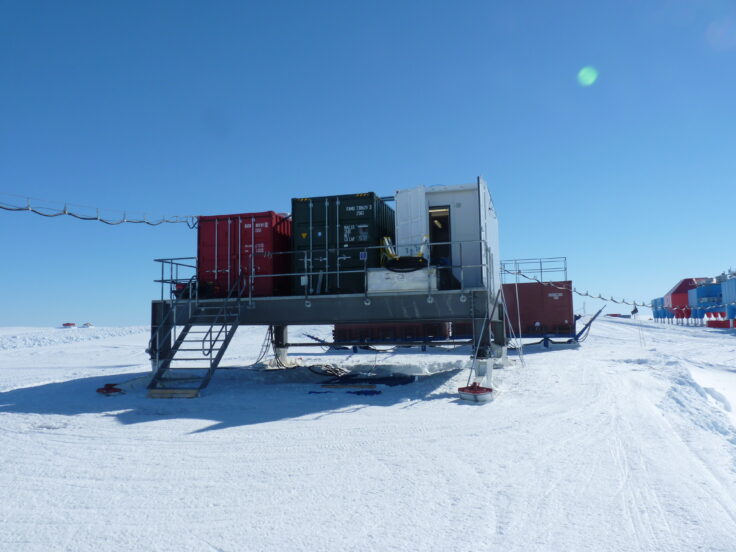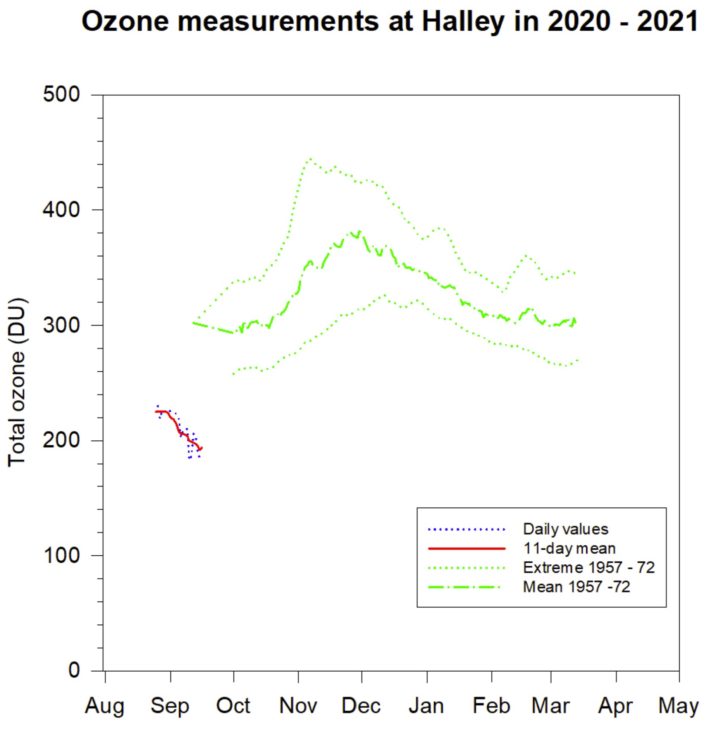Global S&T Development Trend Analysis Platform of Resources and Environment
| Automated Halley monitors the ozone hole over Antarctica | |
| admin | |
| 2020-09-16 | |
| 发布年 | 2020 |
| 语种 | 英语 |
| 国家 | 英国 |
| 领域 | 资源环境 |
| 正文(英文) | This World Ozone Day, British Antarctic Survey (BAS) celebrates new technology which enables continuous monitoring of the ozone hole over Antarctica. Readings from the Dobson Ozone Spectrophotometer at Halley Research Station in Antarctica helped BAS scientists to discover the ozone hole in the 1980s. Now automated technology helps BAS to monitor the ozone hole remotely.  Cracks in the Brunt Ice Shelf, on which Halley Research Station sits, led to the Station being closed for safety reasons during the 2017 Antarctic winter. In response, the Halley Automation Project was initiated in 2017 to enable continued data collection while the station is unoccupied in winter.  Ground-breaking technology developed by BAS engineers for the Halley Automation Project has enabled continual automated measurements from Halley Research station to be collected and analysed remotely. Halley Research Station, currently unoccupied during the 2020 austral winter, continues to monitor the ozone hole with the automated Dobson. Halley Automation Project Manager, Thomas ‘Barney’ Barningham says,
Jonathan Shanklin, now an emeritus fellow at BAS, says
 Click here to learn more about the Halley Automation Project. |
| URL | 查看原文 |
| 来源平台 | British Antarctic Survey |
| 文献类型 | 新闻 |
| 条目标识符 | http://119.78.100.173/C666/handle/2XK7JSWQ/294914 |
| 专题 | 资源环境科学 |
| 推荐引用方式 GB/T 7714 | admin. Automated Halley monitors the ozone hole over Antarctica. 2020. |
| 条目包含的文件 | 条目无相关文件。 | |||||
| 个性服务 |
| 推荐该条目 |
| 保存到收藏夹 |
| 查看访问统计 |
| 导出为Endnote文件 |
| 谷歌学术 |
| 谷歌学术中相似的文章 |
| [admin]的文章 |
| 百度学术 |
| 百度学术中相似的文章 |
| [admin]的文章 |
| 必应学术 |
| 必应学术中相似的文章 |
| [admin]的文章 |
| 相关权益政策 |
| 暂无数据 |
| 收藏/分享 |
除非特别说明,本系统中所有内容都受版权保护,并保留所有权利。
修改评论